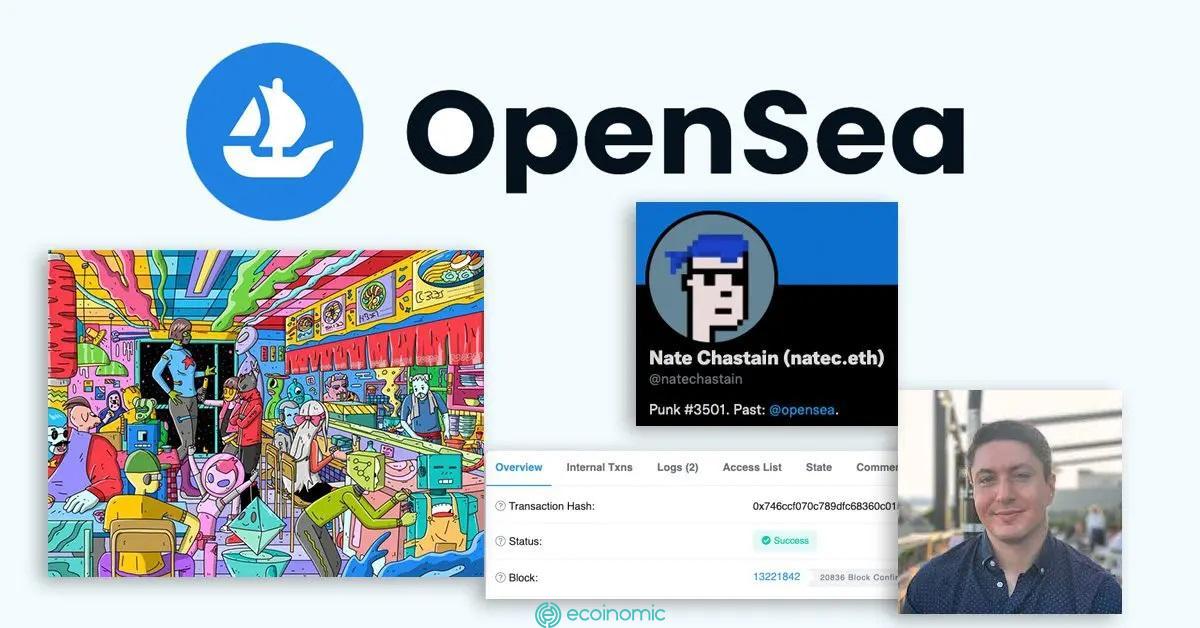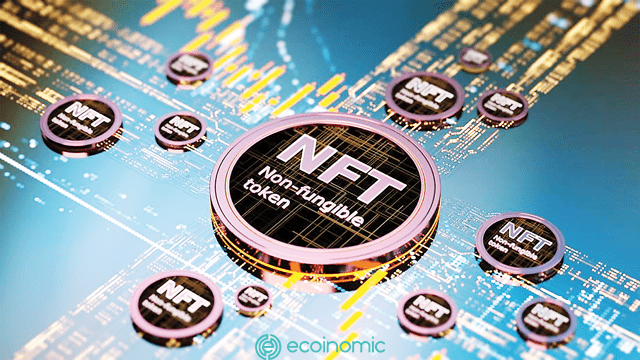Advertisement
Without a doubt, 2021 was the year that the cryptocurrency market made the biggest strides, reaching an estimated $3 trillion. 2021 is also the year that NFTs become widely popular. After Mike “Beeple” Winkelmann sold an NFT at Christie’s Auction for $69 million, artists, investors, brands, celebrities, and many others helped increase interest in NFTs. NFT revenue reached $17.7 billion in 2021, and they are considered industry disruptors.
The latest crypto crisis has also affected NFT sales, and the prices of popular NFTs have plummeted in recent weeks. Some argue that NFTs will suffer this crypto collapse because they are a unique type of digital asset.
What makes NFTs different from other digital assets?
They are blockchain-based tokens and their underlying assets can be digital or physical. Blockchain ensures the origin, transfer, and record-keeping of their ownership. In addition to digital artwork, which has made NFTs mainstream, NFTs can be used to own music, video clips, gifts, tweets, and more.
NFTs can also act like membership cards or tickets, providing access to exclusive events, merchandise, and special discounts, as well as providing digital keys to online spaces where owners can interact with each other. NFT owners can take advantage of simple value and ownership. Creators have methods to build a highly interactive community around their brand. As asset classes in their own right, NFTs can have a significant impact on the world of art, photography, music, and other creative fields.
With the huge profit potential from trading these assets, NFTs have received the attention of regulators, opening up a debate about whether NFTs are securities and whether financial regulations designed for tradable financial assets should apply to NFTs.
On June 1, 2022, prosecutors in the Southern District of New York charged and arrested Nathaniel Chastain, a former product manager at the online marketplace OpenSea. OpenSea claims to be the world’s first and largest Web3 marketplace for NFTs and crypto collectibles.

According to the indictment, Chastain was tasked with selecting NFTs to put on OpenSea’s homepage. OpenSea has kept those homepage choices secret until they appear online, as main page listings are often turned into skyrocketing prices for both featured NFTs, as well as NFTs made by the same creator. Chastain will secretly purchase an NFT just before OpenSea introduces this section on the front page of its website. When those NFTs appeared on the main page, he allegedly would sell them “at a profit of two to five times his original purchase price.” Chastain currently faces one count of wire fraud and one count of money laundering, related to a scheme to conduct insider trading in NFTs.
If NFTs are considered securities, how will securities laws impact NFTs?
Whether or not a particular NFT is considered secure will depend a lot on the purpose for which it was created and how it is marketed to buyers. If an NFT is marketed and sold as a static asset, such as a photo with a certificate of authenticity, then it is less likely to be considered a security. However, if an NFT is sold with the assumption or intention to recoup a profit, then it is most likely classified as a security.
Exchange platforms that store NFTs for sale and distribution should proceed with caution: if they are facilitating the trading of NFTs that are considered secure, then the NFT exchange platform may be considered to be operating an unregistered stock exchange, an act that would be sanctioned by the Securities and Exchange Commission (SEC).

To minimize risk, companies that issue NFTs or facilitate NFT trading should implement NFT trading policies or proactively evaluate their existing policies and practices in a manner similar to public companies that minimize insider trading risk. NFT trading policies should remind employees that nonpublic information about NFT launches or promotions is confidential and must be treated as such.
Companies may consider banning some or all employees from buying NFTs, at least for a period of time after the initial launch. They may also consider extending the ban to family members and relevant third parties. In addition to implementing the policy, companies must regularly train and communicate with employees to ensure positive awareness and compliance.
To stay ahead of extant regulations and regulatory practices, NFT creators, investors, or trading platforms should take a cautious stance and look to public companies for best practices. While it may feel daunting to get started, implementing cohesive policies is an important step to take to mitigate the risks associated with insider trading.
















